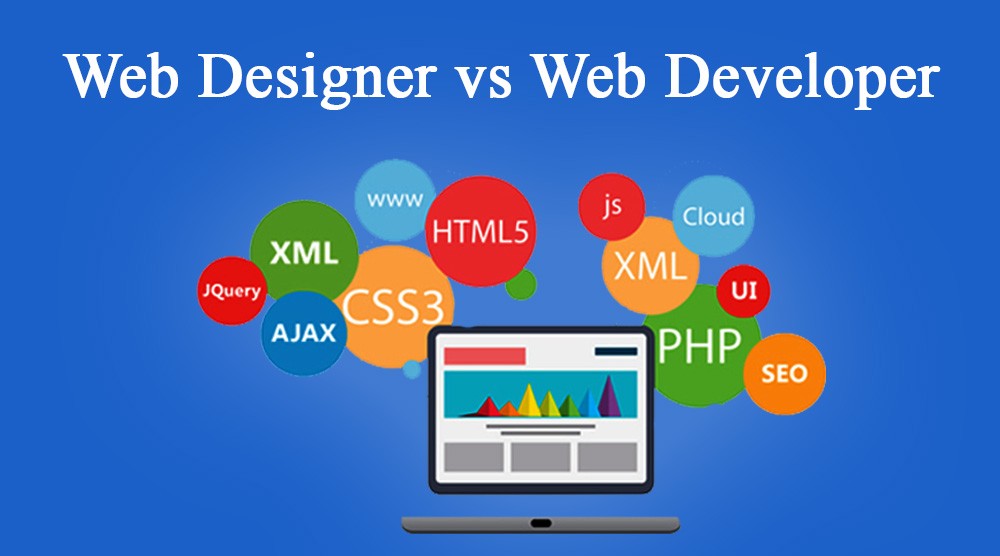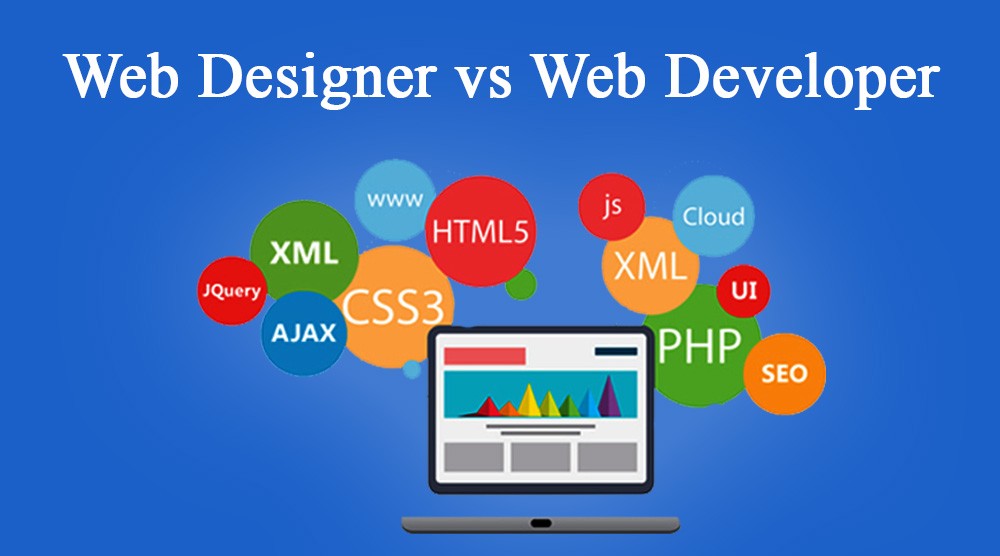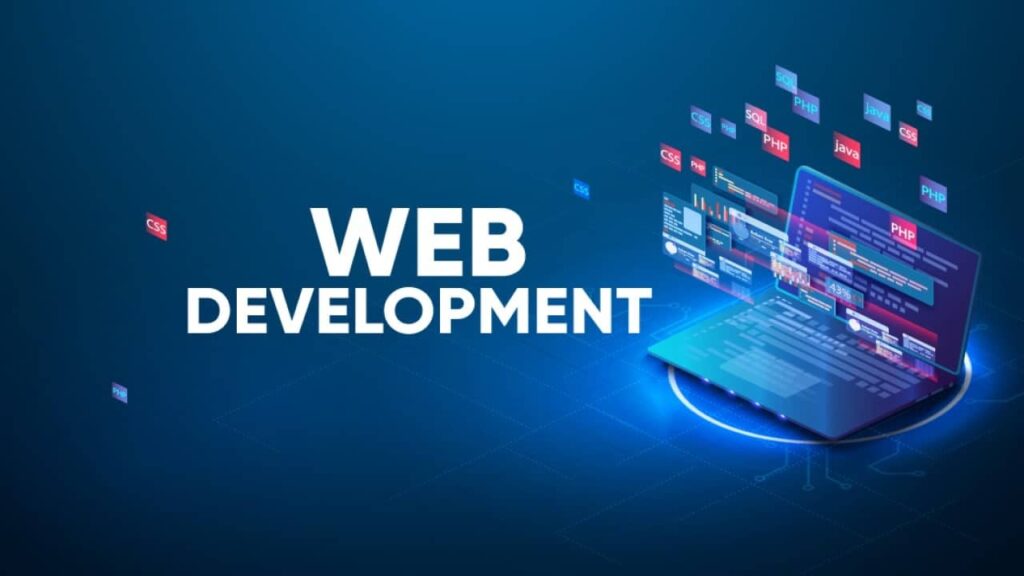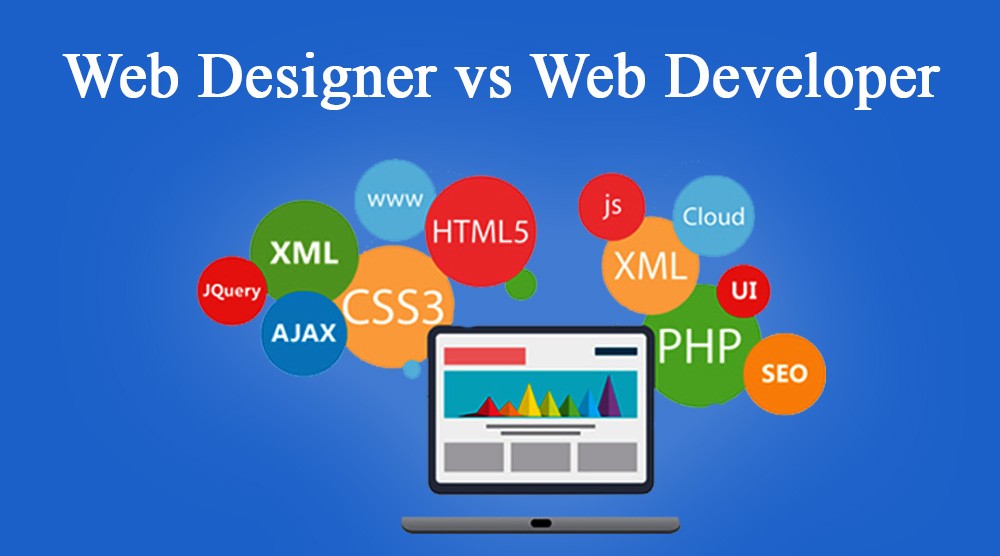SynapsWeb is a global Technology and IT services provider of integrated business and process solutions enabling clients to optimize their business with high quality; web developers greate efficiency and responsiveness.
With our belief in perfection, we assure absolute satisfaction in every venture undertaken, through highly qualified professionals, who render efficient and on-time services.
Welcome to SynapsWeb
SynapsWeb is a global Technology and IT services provider of integrated business and process solutions enabling clients to optimize their business with high quality; greater efficiency and responsiveness.


With our belief in perfection, we assure absolute satisfaction in every venture undertaken, through highly qualified professionals, who render efficient and on-time services. Committed towards the highest quality standards, it is our constant endeavor to provide an inclusive range of IT solutions that are designed to suit our client’s requirements and specifications. We have numerous projects in various industries for both small and large organizations, ranging from Fortune 100 companies to small privately held businesses.



Why Choose Us?
- web developers is the process of planning, conceptualizing, and implementing the plan for designing a website in a way that is functional and offers a good user experience. User experience is central to the web designing process. Websites have an array of elements presented in ways that make them easy to navigate. Web designing essentially involves working on every attribute of the website that people interact with, so that the website is simple and efficient, allows users to quickly find the information they need, and looks visually pleasing. All these factors, when combined, decide how well the website is designed.
web developers is the process of planning, conceptualizing, and implementing the plan for designing a website in a way that is functional and offers a good user experience. User experience is central to the web designing process. Websites have an array of elements presented in ways that make them easy to navigate. Web designing essentially involves working on every attribute of the website that people interact with, so that the website is simple and efficient, allows users to quickly find the information they need, and looks visually pleasing. All these factors, when combined, decide how well the website is designed.



Website Designing
Our IT services converge business and the technology experts to help to manage business processes of all categories.
- Quick To Respond Flexible Price
- Flexible Price Flexible Price
- 24/7 Hours Support Flexible Price
- 24/7 Hours Support Flexible Price
- Verified Professionals Flexible
- Conscientious Flexible Price
- Ontime at Services Flexible Price
- Ontime at Services Flexible Price
High-tech industries play an important role in the modern economy, and often experience significantly higher pay than other industries. And Digital solutions have transformed the world’s for web applications.
I break down accessibility into a few easy-to-understand core principles and show you concrete guidance on how you can design your new GUI for accessibility from the beginning. While this article doesn’t offer comprehensive guidelines that solve all your accessibility problems, follow these simple principles to avoid the most common mistakes that make GUIs inaccessible.
Four core principles of accessibility
Accessible user interfaces follow these four basic principles:
- Perceivable information and user interface: Users with disabilities can view and understand all the content on your site.
- Operable user interface and navigation: Users with disabilities are able to navigate your GUI and use all the necessary functions.
- Understandable information and user interface: All information is presented in a clearly structured and predictable way and provides clear guidance and help for correcting mistakes.
- Robust content and reliable interpretation: Your GUI needs to be compatible with current and future tools (for example, different browsers, assistive technologies, and other user agents). Because this is a very technical requirement, we will not focus on this principle in this article.



Now that you know the four main principles, let’s look at some tips for creating accessible GUIs. While these don’t align 1:1 with the principles above, the most important thing is that whatever you add to your GUI, check that it does comply with at least the first 3 principles!
Disclaimer: Making a GUI accessible for blind persons (who navigate your GUI with a screen reader) is a complex task which requires measures that go far beyond what I discuss in this article. Instead, I focus mainly on users with limited vision, mobility, and physical impairments. However, it’s important to design your GUI also for “screen readability” from the start in order to be future-proof.
Essential DOs and DON’Ts for accessible GUIs
Mandatory prerequisite: Use a GUI framework
First and foremost, don’t code your site in plain HTML. There are numerous frameworks and widget libraries out there. The input elements built into HTML are not always accessible by design. Frameworks should provide you with useful and accessible widgets like boolean-buttons and swap-selects (see below).
When choosing a framework, check these 3 requirements:
- Widgets are styleable by CSS
- Widgets are also useable only by keyboard
- Generated HTML code contains ARIA meta elements (see below).
Here is a small list of GUI frameworks which support accessiblity:
- Reakit
- Material UI
- PrimeFaces (with some exceptions)
Also check out this article for a more detailed evaluation of accessible frameworks.
Colors and shapes
Use high contrast for foreground and background colors
Imagine viewing your site on a really bad projector in a room with too much light coming from the window. That fancy light blue icon on dark blue background — you can hardly see it anymore, right? If you change the icon’s color to white, everything is fine. Why? Because white has a much higher contrast to dark blue than light blue. High contrast is essential for people with limited vision (remember the first principle: accessible UIs have perceivable information).
Right now, I could show you some fancy numbers which describe contrast ratios with respect to different text sizes — but you can’t use that in a practical way. Instead, just follow these rules:
- Keep the “bad projector analogy” in mind when choosing colors for elements.
- Choose either a very dark or a very bright background. On a dark background, use a very light font and vice versa.
- After you have chosen your colors, double-check your foreground/background contrast with a contrast checker tool.
Oh, and don’t use color gradients. They are troublesome for accessibility and look outdated anyway.


